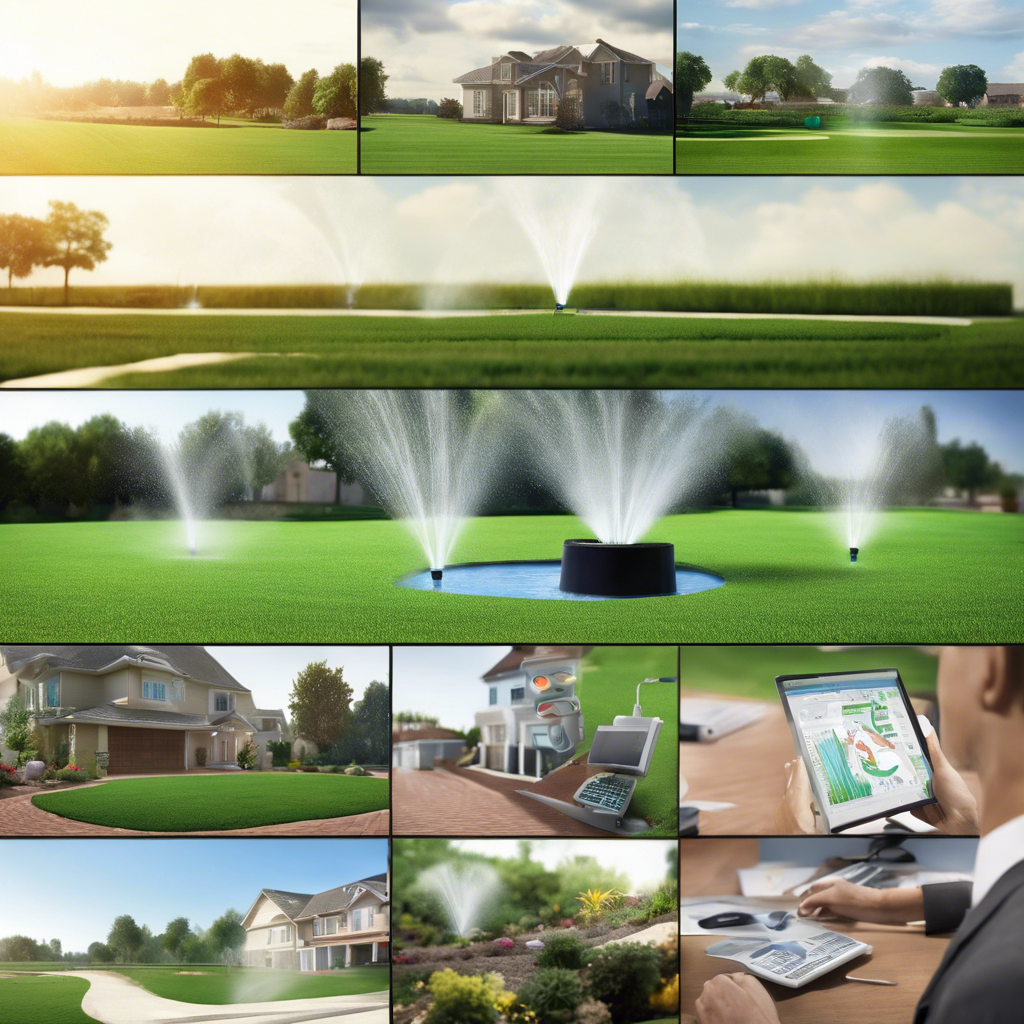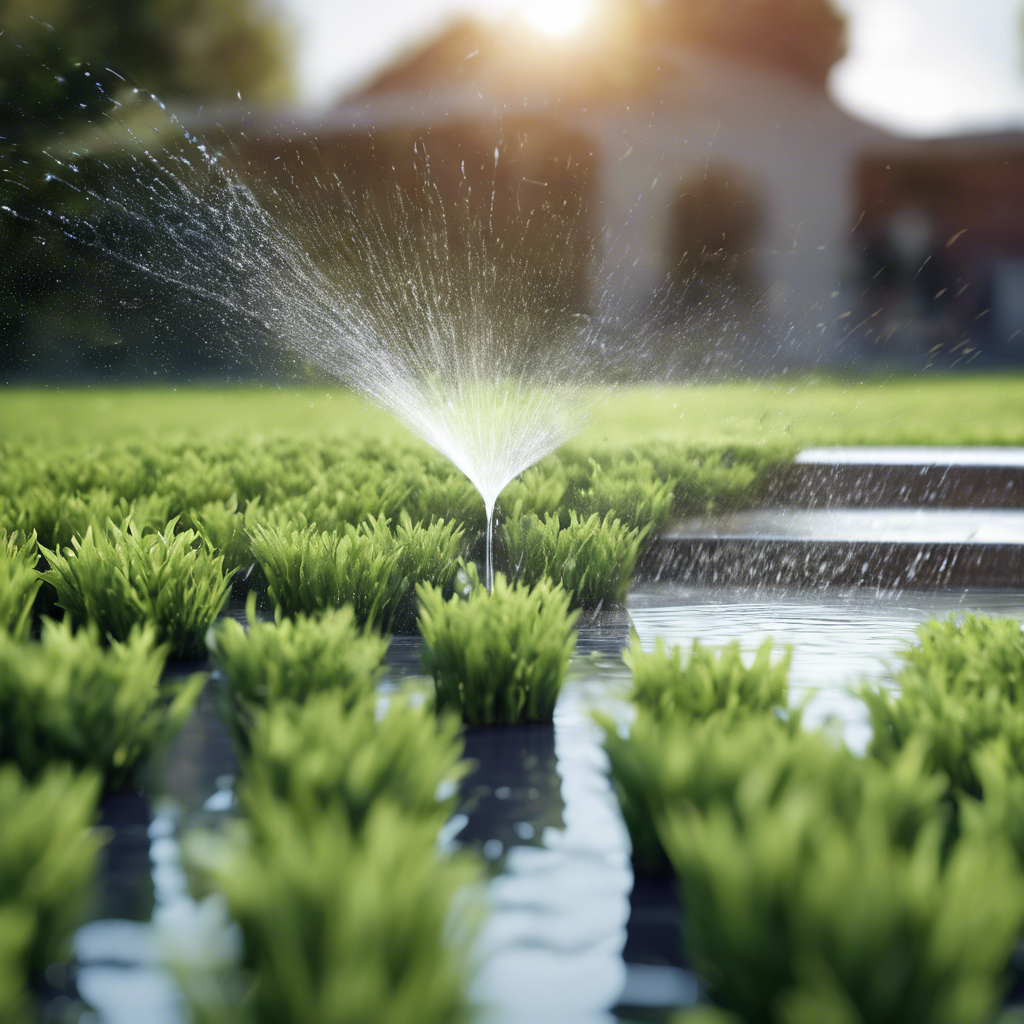
Professional Guide: Installing Smart Irrigation Systems for Efficient Landscaping
Aug 8, 2024
3 min read
0
0
0
In today's modern landscaping industry, the integration of smart irrigation systems has revolutionized the way we approach watering our outdoor spaces. With the advancement in technology, installing a smart irrigation system not only ensures optimal water usage but also contributes to the overall health and sustainability of your garden or lawn.
Understanding the Importance of Smart Irrigation Systems
Smart irrigation systems utilize cutting-edge technology to deliver water to your plants based on their specific needs, environmental factors, and real-time weather conditions. By incorporating sensors and automated controls, these systems adjust watering schedules, flow rates, and duration, resulting in significant water savings and healthier landscapes.

Step-by-Step Installation Guide
1. Planning and Design
Before diving into the installation process, it's crucial to sketch out a detailed plan that includes the layout of your landscape, existing vegetation, and water sources. Measure the area that requires irrigation to determine the appropriate number of zones and sprinkler heads needed for efficient coverage.
2. Gather Materials
Ensure you have all the necessary materials such as PVC pipes, sprinkler heads, control panel, valve boxes, wire connectors, and tools like a shovel, tape measure, and pipe cutter.
3. Installation Process
- Excavation
Start by digging trenches 8-12 inches deep for laying the main water supply line and individual zone lines. Make sure to create a slight slope to prevent water accumulation.
- Pipe Installation
Lay down the mainline pipe first, ensuring it connects to the water source. Then, install zone lines, connecting them to the mainline using T-fittings.
- Sprinkler Head Placement
Place sprinkler heads strategically within each zone, considering the watering needs and coverage area of your plants.
- Control Panel Setup
Mount the control panel in a protected area, connecting it to the mainline and power source. Program the control panel based on your landscape's watering requirements and system settings.

4. Testing and Adjustment
After the installation is complete, turn on the system to check for any leaks, malfunctions, or misaligned sprinkler heads. Adjust the watering schedule and settings on the control panel to ensure optimal performance.
5. Maintenance
Regularly inspect the system for leaks, clogs, or damaged components. Clean or replace clogged nozzles, adjust sprinkler heads for proper coverage, and update the system's programming as needed.
Benefits of Smart Irrigation Systems
Water Efficiency: Reduce water waste by delivering precise amounts of water only when and where needed.
Cost Savings: Lower water bills and maintenance costs through efficient water management.
Environmental Sustainability: Contribute to conservation efforts by promoting responsible water usage.
Healthy Landscapes: Ensure your plants receive adequate hydration, leading to vibrant and flourishing gardens.

In conclusion, investing in a smart irrigation system is not only a smart choice for the environment but also for the health and beauty of your outdoor spaces. By following these professional installation guidelines and embracing smart technology, you can achieve a lush, thriving landscape that reflects your commitment to sustainability and innovation.
Remember, a well-maintained smart irrigation system is the key to a greener, more sustainable future!
By implementing the latest technology and techniques in lawn irrigation, you can transform your outdoor space into a haven of beauty and conservation.
With the rise of environmental awareness and sustainability practices, the landscaping industry is evolving towards smarter solutions to enhance our outdoor spaces responsibly. Installing a smart irrigation system is a clear example of how technology can benefit both our landscapes and the planet.





